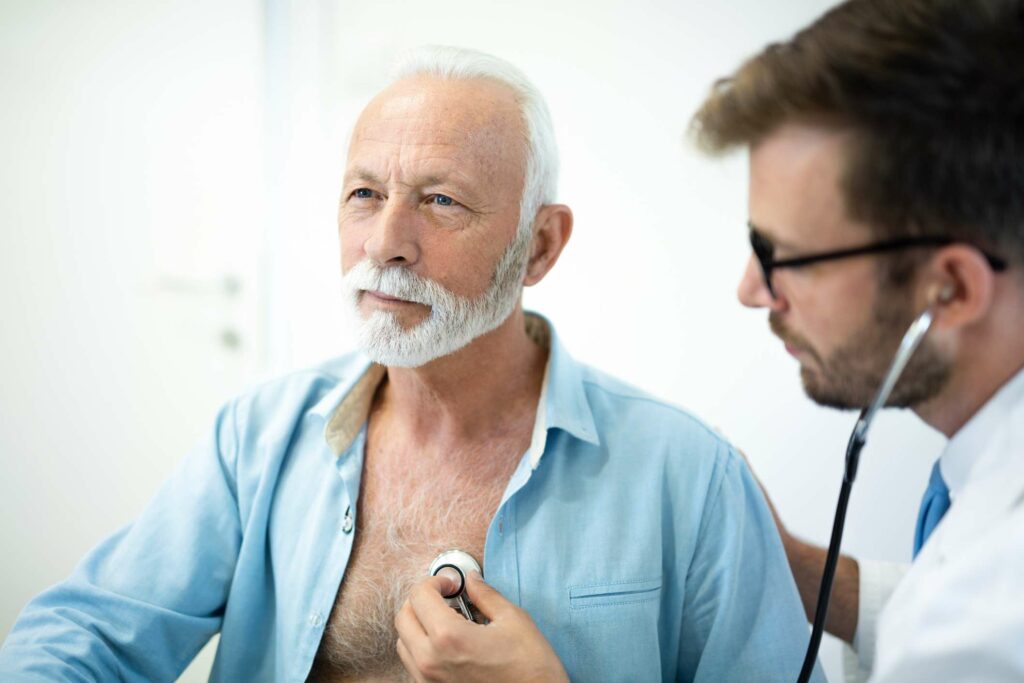Among the topics covered in this article are the risks of developing lung cancer, the various types of lung cancer, the signs and symptoms of lung cancer, and the testing options available to people who have lung cancer. Finally, this article will go over the procedures that are followed to determine the stage.
Covid-19 Pandemic and Cancer Treatment
Coronavirus disease 2019, or COVID-19, is an abbreviation. It is caused by a virus known as SARS-CoV-2, and it is contagious. In late 2019, the virus made its first appearance, and it has since spread throughout the world. People in many areas were advised to stay at home as much as possible during the early stages of the pandemic when the virus was spreading rapidly in many areas. This was done to slow the spread of the virus. When it comes to cancer patients, this is especially important because many of them are at an increased risk of severe illness if they are exposed to COVID-19. However, this risk must be weighed against the importance of receiving regular medical care to monitor and treat their cancer, which must be balanced against the risk of death.
You should consult with your oncologist if you live in an area where there are still a significant number of cases of COVID-19 and are undergoing cancer treatment to determine whether you should make any changes to your usual regimen or schedule.
Identification of Lung Cancer Risk Factors
Many factors influence a person’s risk of developing lung cancer, referred to as “risk factors.” For example, exposure to tobacco smoke; exposure to radiation or other toxic materials; having close family members who have had cancer; age; and health history, including lung disease, are all common risk factors for lung cancer. Although many people who develop lung cancer have more than one of these risk factors, some people have cancer for which the cause is unknown.
Tobacco smoke: The most common cause of lung cancer is cigarette smoking. Cigarette and pipe tobacco smoking are also linked to lung cancer.
The risk of lung cancer rises directly to the number of cigarettes smoked per day and the number of years smoked.
Secondhand smoke, also known as passive smoking, can be hazardous to both adults and children.
Radiation: Any radiation source can damage tissues and increase a person’s risk of cancer over time or at high doses.
